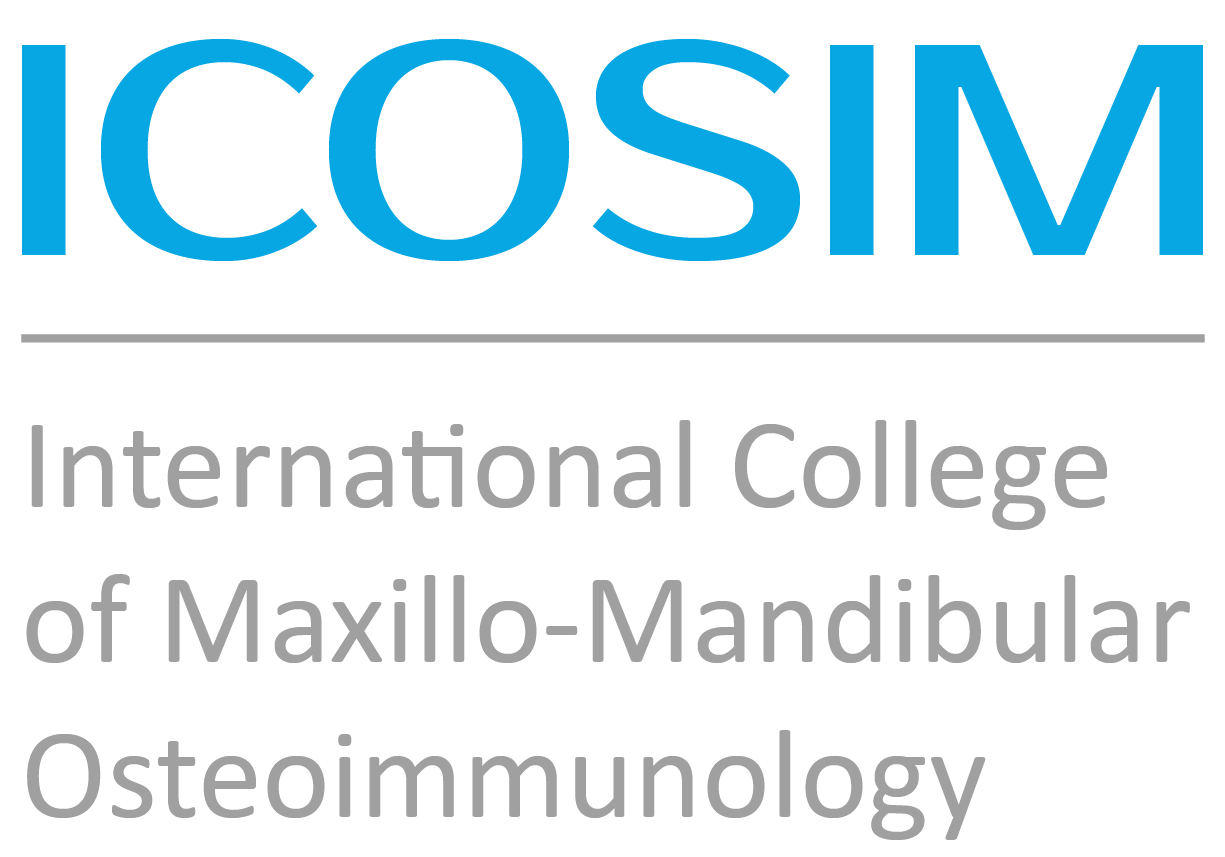Liebe ICOSIM-Weekly Leser,
da wir es uns zur Aufgabe gemacht haben, die neue Entdeckung der systemisch immunologischen Wirkung von lokalen fettig-degenerativen Knochenmarksdefekten im Kiefer (FDOK) durch unsere RANTES/CCL 5 Messungen wissenschaftlich zu verifizieren, möchte ich Ihnen in den Erstellungsprozess einer solchen Publikation Einblick geben.
Als Beispiel nehmen wir hierzu unsere neueste PubMed-Publikation in Degenerative Neurological and Neuromuscular Disease, Lechner J, von Baehr V, Schick F.
RANTES/CCL5 Signaling from Jawbone Cavitations to Epistemology of Multiple Sclerosis – Research and Case Studies. Degener Neurol Neuromuscul Dis. 2021;11:41-50.
Link to paper in journal: https://www.dovepress.com/articles.php?article_id=66565
Link to paper on PubMed: https://pubmed.ncbi.nlm.nih.gov/34262389/
Erschienen im April 2021 verzeichnet diese Publikationen großes Interesse mit bislang über 1.300 Zugriffen weltweit und belegt, wie weitverbreitet das medizinische Interesse an den von uns mithilfe der CaviTAU® Ultraschallmessungen im Kieferbereich ganzheitlichen Zusammenhängen ist. Ich freue mich, Ihnen den Peer Review Kommentar hier vorstellen zu können, der dazu beigetragen hat, dass unsere Arbeit in diesem anerkannten Wissenschaft Journal publiziert werden konnte.
Wünsche viel Vergnügen beim Durchlesen der hochklassigen Kommentare!
Mit bestem kollegialem Gruß
Ihr Hans Lechner
Evaluations (peer review comments for the author)
1. In general, how do you rate the degree to which the paper is easy to follow and its logical flow?
Excellent.
2. Do the title and abstract cover the main aspects of the work?
Yes. The title of this manuscript is informative, catchy, unique, direct, appealing, and focused. It has enough keywords to arouse the interest and curiosity of the reader to go ahead with studying the abstract. The title has an important keyword being placed at the beginning to raise curiosity, and other keywords to go on and easily to be searched. The abstract is a clear and concise summary of the full work research, summarizing actual data presentation and interpretation, and highlights the selling point of the manuscript.
3. If relevant are the results novel? Does the study provide an advance in the field?
Yes. The present study results are novel by representing for the first time an association between the expression of R/C in BMDJ/FDOJ areas and inflammatory reactions in MS patients. Also, the results of this research could provide some evidence for the functional relationship between “silent inflammation” derived from medullary degeneration in the jawbone and MS. As a result, might help to inform the existing inflammatory hypothesis of neuroinflammatory diseases, and providing an advance by further supporting the idea that R/C modulates inflammation in the CNS.
4. If relevant, are the methods clear and replicable?
Yes. The methods used were clear and replicable: – Seventeen BMDJ/FDOJ samples extracted from 17 MS patients, and from 19 healthy controls. – BMDJ/FDOJ samples of both groups, were analyzed for 1) R/C expression using bead-based Luminex® analysis 2) The serum R/C levels from 10 MS patients were examined 3) Bone density & Histology & R/C expression were analyzed in two clinical case studies.
5. If relevant, do all the results presented match the methods described?
Yes. The methods described above: BMDJ/FDOJ samples of both groups being analyzed for
- R/C expression using bead-based Luminex® analysis
- The serum R/C levels from 10 MS patients were examined
- Bone density & Histology & R/C expression were analyzed in two clinical case studies. MATCHES The results of
- High R/C overexpression was found in all BMDJ/FDOJ samples obtained from the MS group.
- Serum R/C levels were also upregulated in the MS group. R/C serum levels in the MS cohort were higher than in the healthy controls.
- The histology of BMDJ/FDOJ samples showed no inflammatory cells.
6. If relevant, is the statistical analysis appropriate to the research question and study design?
Yes. Based on the study design (BMDJ/FDOJ cohort and control group) and the research question “to elucidate the potential link between jawbone-derived R/C and MS”, the median, means, and distributions of the data were determined to assess whether non-parametric or parametric testing would be more appropriate for the analysis. Differences between cohorts were determined using Student’s t-test or Spearman’s rho. The significance level was set at P<0.05.
7. How do you rate how clearly and appropriately the data are presented?
Excellent
8. Do the conclusions correlate to the results found?
Yes. The results found suspect that BMDJ/FDOJ may serve as a trigger of MS progression via R/C overexpression.
9. I have serious concerns about the validity of this manuscript?
No. In the field of medicine and dentistry, this manuscript is very unique and valid by raising greater attention to the hidden phenomena of BMDJ/FDOJ and the associated signal patterns, which is very worthy for the benefit of MS patients.
Evaluation
This is a very well-written, presented, and novel research in the field of medicine and dentistry. This research study highlights the importance of mutual future researching to help clinicians understand how signaling pathways from the jawbone can also affect neuroinflammation and responses to MS development



